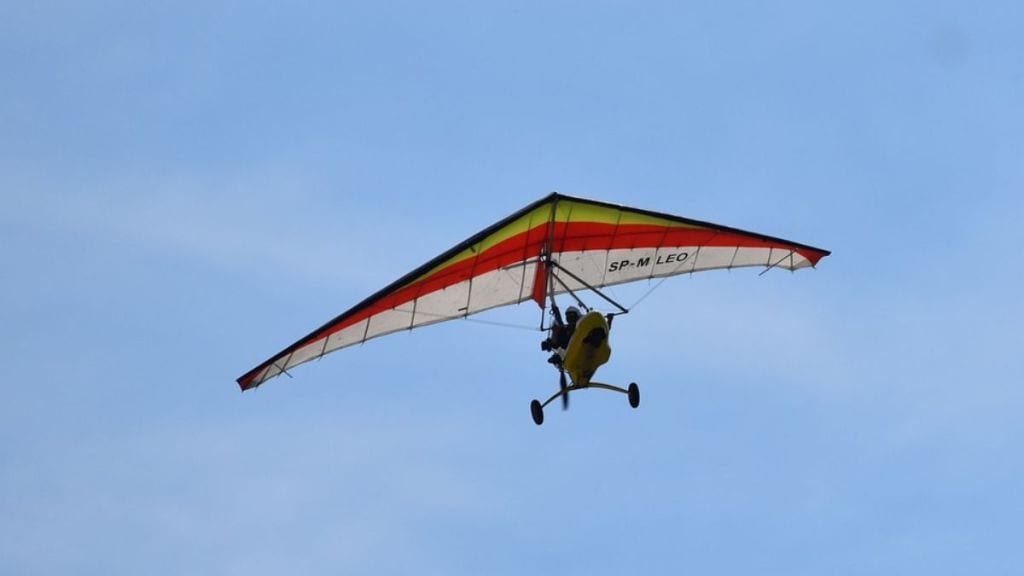On October 7th, a daring infiltrator affiliated with the Hamas extremist group embarked on a clandestine mission, breaching the borders of Israel via an unconventional means: a motorized hang glider. This manoeuvre was captured in a video that revealed the exact moment when a group of Hamas operatives descended upon an unsuspecting music festival in Israel, their silent, motorized hang gliders casting ominous shadows.
The boldness of this infiltration did not go unnoticed. The Indian government, deeply concerned about the implications of this event, swiftly moved to bolster its security measures, prompting a comprehensive revision of regulations governing the operation of powered hang gliders. To comprehend the gravity of this decision, it is imperative to first understand the nature of these extraordinary flying contraptions.
Traditional hang gliding is a captivating air sport where pilots navigate the skies in foot-launched, non-motorized, and lightweight aircraft known as hang gliders. Resembling delta wings, these remarkable flying machines have evolved from rudimentary parachute modifications to the sleek, aerodynamic forms we witness today. However, powered hang gliders distinguish themselves by incorporating a small engine seamlessly integrated into the pilot’s harness, allowing for motorized flight.
In response to this perilous breach and the potential security vulnerabilities it exposed, the Directorate General of Civil Aviation (DGCA) instituted a new set of regulations to govern the operation of powered hang gliders. The paramount objective is to fortify national security and ensure that these motorized hang gliders are used responsibly and only by trained, authorized individuals.
The revised regulations concerning powered hang gliders are as follows:
– No individual shall operate a powered hang glider without obtaining explicit authorization from a DGCA-approved examiner or instructor.
– The examiner or instructor, in this context, must possess a minimum of 50 hours of flight experience on powered hang gliders, with an additional 10 hours on a dual machine. These qualified individuals hold the responsibility of scrutinizing and authorizing others for powered hang glider operations.
– Test flights for powered hang gliders can only be carried out by either a pilot holding a valid Commercial Pilot License (CPL) with at least 25 hours of experience on powered hang gliders or an authorized person with a minimum of 50 hours of powered hang glider flight experience.
Before these revamped regulations, the existing security protocols for powered hang gliders necessitated prospective buyers to seek security clearance from the Ministry of Home Affairs through DGCA. Furthermore, DGCA issued certificates only after thorough background checks, ensuring the credibility of buyers or operators.
It was unequivocally stipulated that powered hang gliders were non-transferable, non-leasable, and could not be sold without the presentation of a DGCA-issued certificate. Additionally, equipping these hang gliders with any remote sensing devices, weaponry, or photography and video recording equipment was strictly prohibited without explicit authorization from the Ministry of Home Affairs, except when required for the aircraft’s safe operation as specified in the relevant regulations.
In conclusion, the brazen incursion by the Hamas infiltrator via a motorized hang glider has precipitated a paradigm shift in the oversight of these unique aircraft. The newly implemented DGCA regulations underscore a resolute commitment to national security and aviation safety, ultimately reshaping the landscape for powered hang glider enthusiasts and emphasizing the imperative need for vigilance in their operation.


